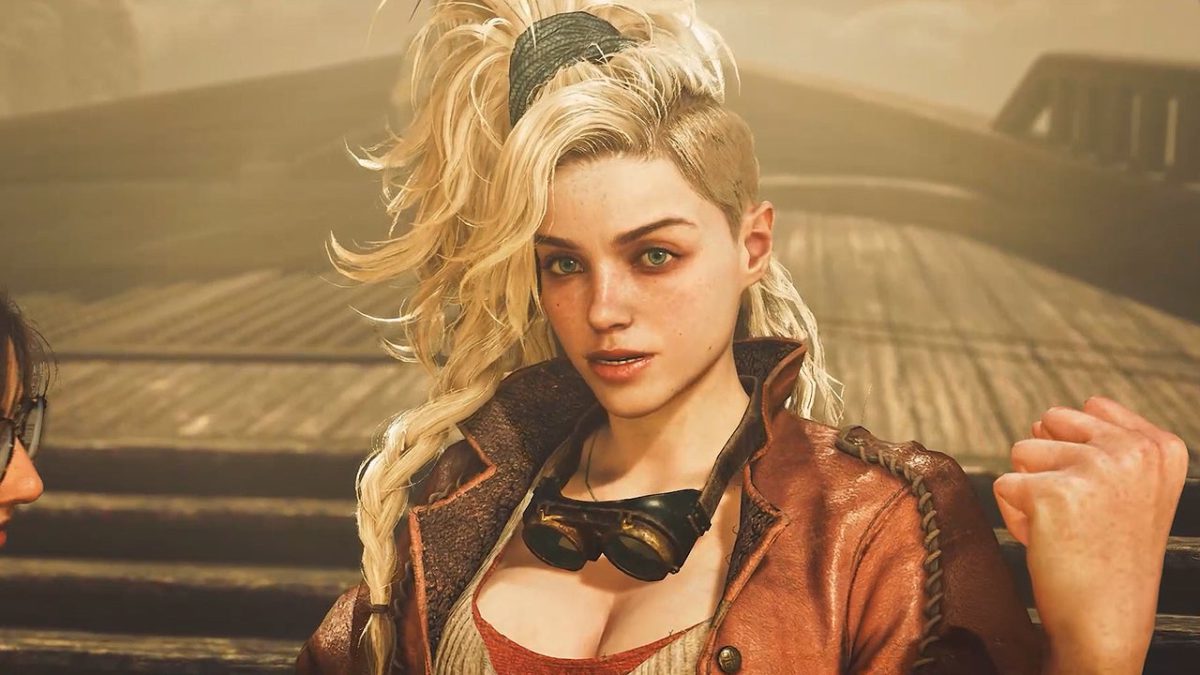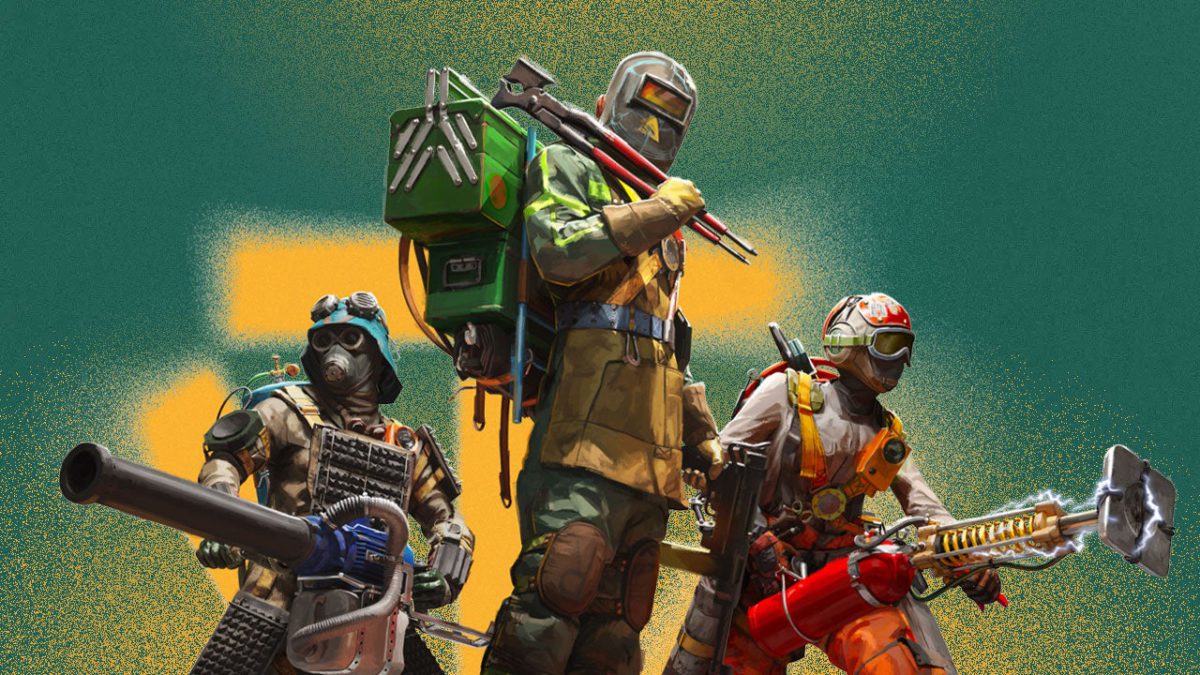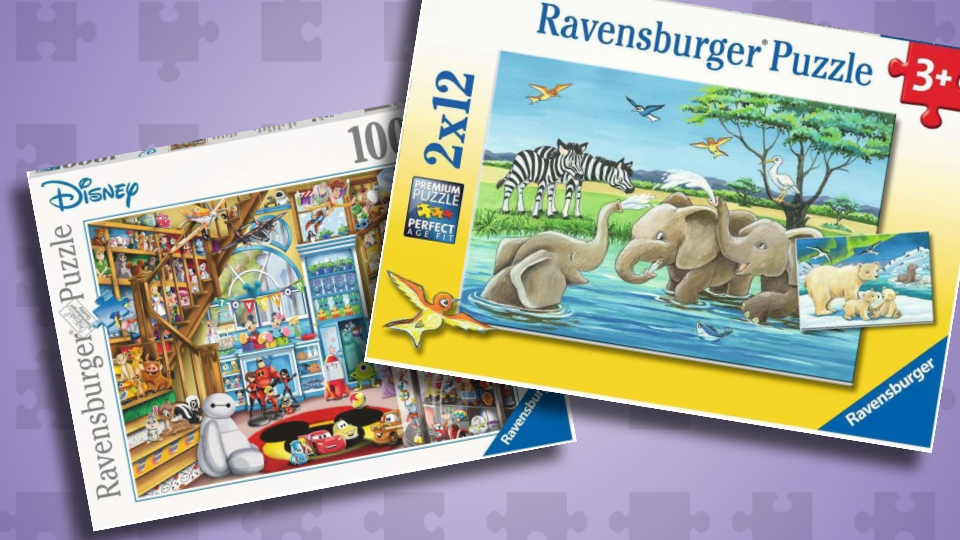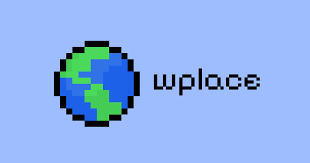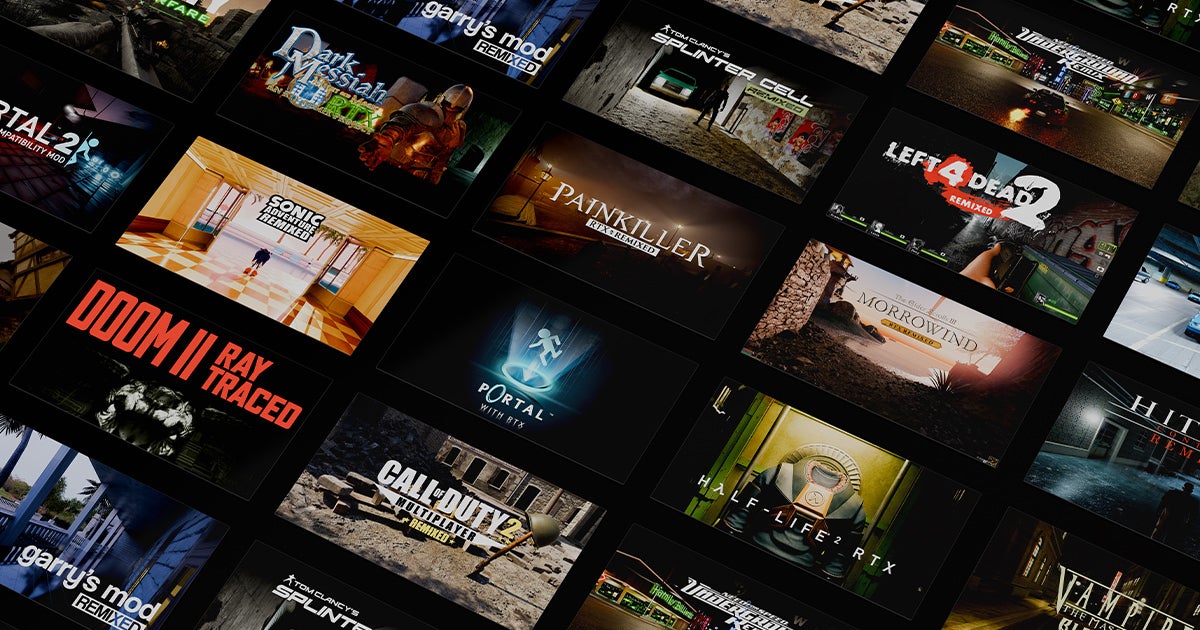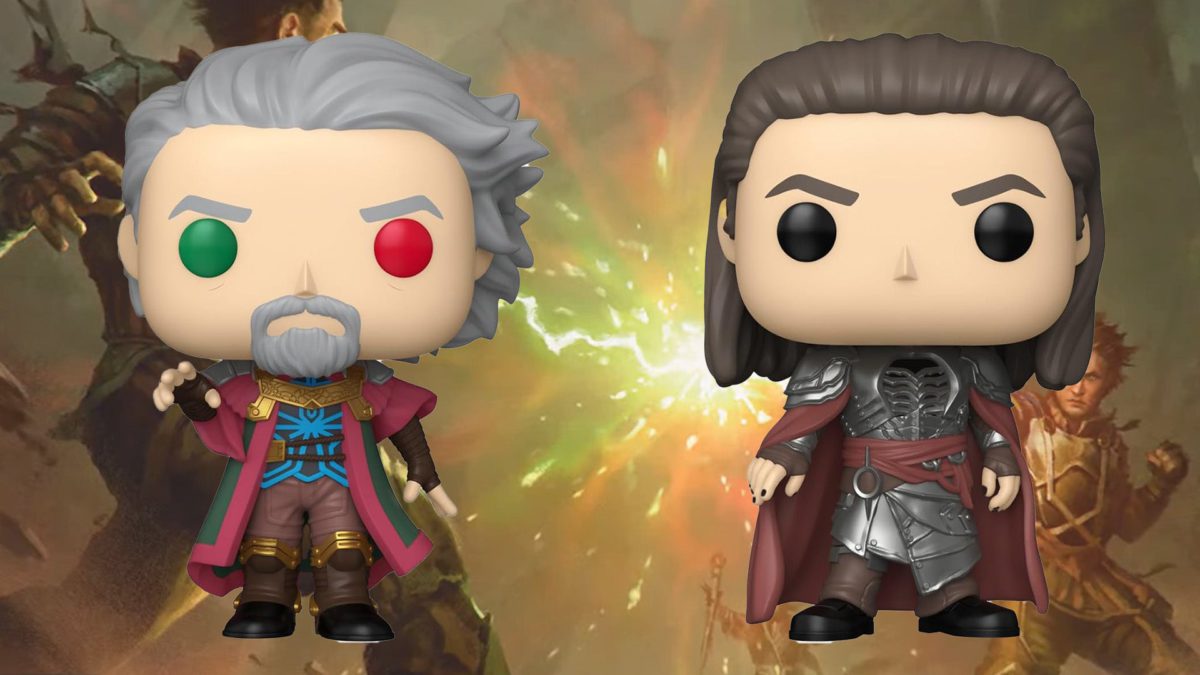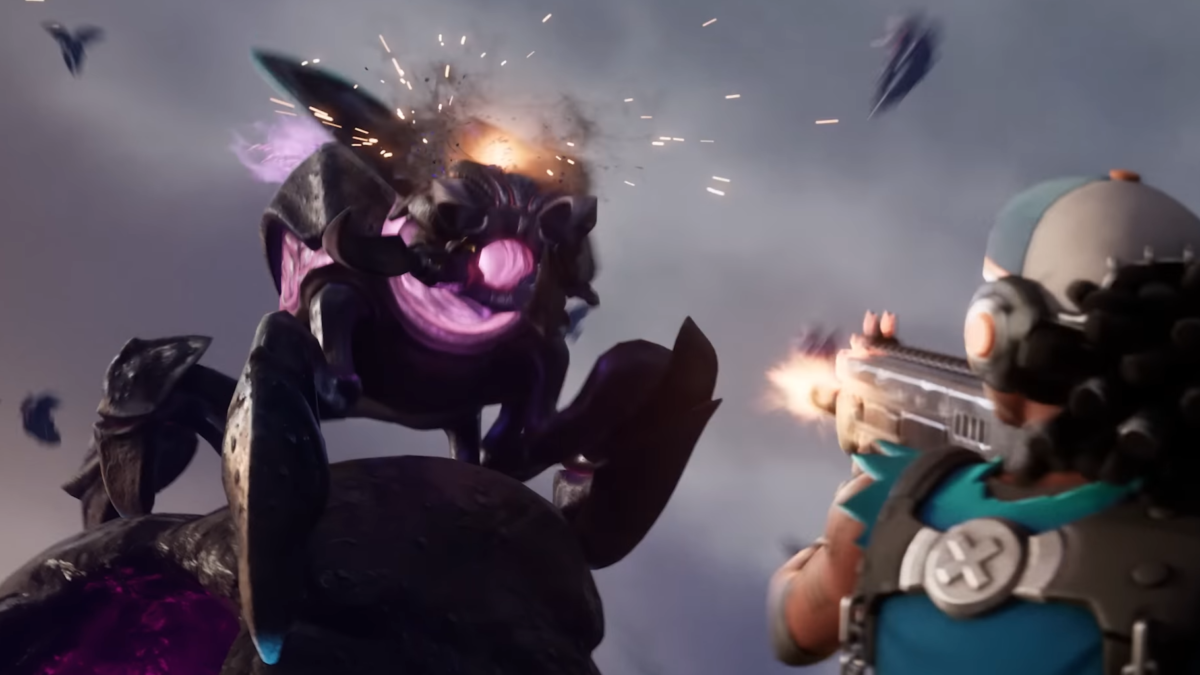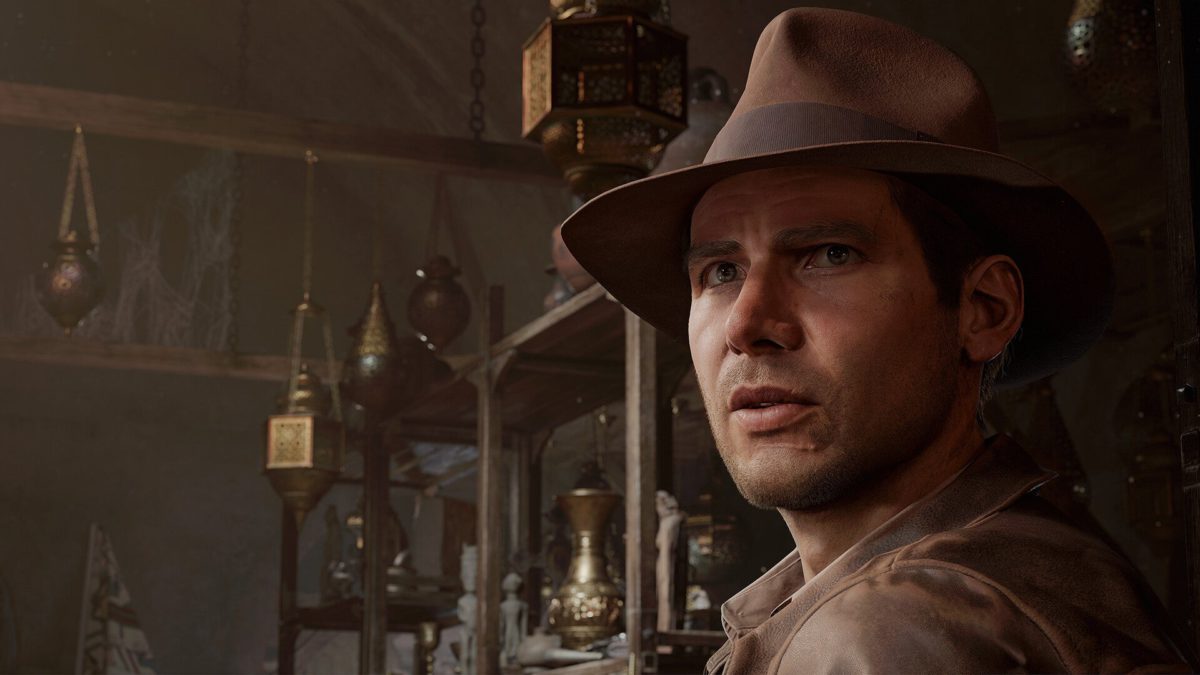
Monster Hunter Wilds’ crucial update 1.021 goes live tomorrow, August 13, and ahead of that Capcom has released early patch notes alongside a message to the community apologizing for the state of the game.
Director Yuya Tokuda confirmed update 1.021 expands the endgame, adds 9★ Monsters and Talismans, and makes improvements to weapon balance, quality of life changes, and optimizations.
Of particular interest to PC players will be Capcom’s effort to improve “stability.” Monster Hunter Wilds has a ‘mixed’ user review rating on Steam for all reviews, but recent reviews are ‘mostly negative.’
Despite reviewing well initially, Monster Hunter Wilds’ endgame content is sorely lacking compared to past games, so the many fans who play Monster Hunter over time, with friends, are struggling. It’s also suffering from severe performance issues on PC that have yet to be fully resolved. Despite new content and seasons, fans remain unsatisfied with the state of the game, to the point where some are taking things too far and apparently harassing and threatening individual Capcom team members over it.
Last month, Capcom said it would release the endgame content expansion much sooner than expected after Monster Hunter Wilds experienced “soft sales.”
Tokuda began his message to the community by apologizing for the time it’s taking to make improvements to the game, but insisted Capcom is committed to the cause. To that end, Title Update 3 is scheduled for release at the end of September, and Title Update 4 is due out this winter. “For our fourth title update this winter, on top of new monsters, we are also considering additional weapon-related end-game features,” Capcom said.
Monster Hunter Wilds update 1.021 patch notes:
Expanded End-game Content
Originally planned for implementation in the third title update scheduled for the end of September, we’ve moved up the implementation of expanded end-game content to the Ver. 1.021 update.
We will be adding a new set of high-difficulty quests, and as rewards for completing them, you can obtain talismans with randomly assigned bonuses, including weapon skills.
1. As a new set of high-difficulty quests, 9★ monsters will start appearing when you are HR 100 or higher.
Starting with Ver. 1.021, Tempered Monsters (9★) of nine monster species will begin appearing in locales.
Following that, our third title update in late September will see additional 9★ monsters appear in event quests.
For veteran players who have experienced end-game content in previous Monster Hunter titles, we understand that the difficulty of Tempered Monsters at launch may have felt lacking. Therefore, starting with Title Update 2, we’ve introduced a system for more detailed monster parameter customization, as well as other adjustments to ensure a challenging and rewarding experience.
2. We’re adding the Glowing Stone appraisal item as a quest reward for quests with 9★ monsters.
Upon quest completion, the Glowing Stone appraisal item — a quest reward for quests with 9★ monsters — will transform into an Appraised Talisman with randomly assigned skills.
Unlike other talismans which can be crafted and upgraded at the Smithy, Appraised Talismans cannot be upgraded. However, they can be randomly granted not only armor skills but weapon skills and decoration slots (both weapon skill and armor skill decoration slots), allowing for more customization and experimentation with builds. We hope this leads to more engaging gameplay and encourages hunters to try different weapons and armor based on the talismans they obtain.
Additionally, we recognized that end-game content early after the game’s release was slightly skewed around Arkveld. This, combined with the fact that Arkveld is relatively resistant to elements, resulted in limited opportunities to try out diverse builds. In response, we have adjusted the difficulty, average hunting time, and rewards for each of the 9★ monsters being added in an effort to ensure that all monsters offer balanced rewards fitting with the effort spent hunting them. We encourage you to select your hunts based on your own individual skill, equipment, or needs, and enjoy each challenge.
9★ Monster Adjustments
In light of the addition of 9★ monsters, we’ve lengthened the duration of meal effects so that they’re less likely to expire if the hunts go on a little long. We also raised the upgrade limit for armor of rarity 5 or above, so that players can squeeze in a little more defense before they go up against these challenging new monsters.
Additionally, from HR 100 and higher, Rey Dau and Nu Udra will now appear in the Wounded Hollow, and each region’s apex predator will be more likely to appear even with that region is not experiencing an inclemency.
Title Update 3
As mentioned previously, Title Update 3 will see the gradual introduction of 9★ monsters in Event Quests as well.
We are also adjusting the strength of support hunters in line with the addition of 9★ monsters. We apologize that the timing of these adjustments are in stages and come after the implementation of the monsters themselves, but we hope you understand that this is a result of expediting the monster implementation.
In order to diversify the lineup of quests, we are working to make it possible for Lagiacrus to appear in the Wounded Hollow, as well as other additions such as more hunts targeting packs of monsters. We are also implementing adjustments to improve gameplay convenience, such as preventing monsters from spontaneously destroying pop-up camps and resetting the cooldown for mantles upon beginning a quest.
Finally, we can also assure you that any new monsters added in Title Update 3 will also feature 9★ difficulty quests.
We hope you look forward to the new contents for Title Update 3, and that in the meantime you can enjoy the new additions from Ver. 1.021 to strengthen your equipment and collect Appraised Talismans in preparation for the challenging hunts ahead.
Weapon Balance Changes
As previously announced, we had been planning balance adjustments for 5 weapon types. However, in the end we have expanded the scope and will be implementing adjustments (upward adjustments) for 11 total weapon types.
Affected Weapon Types:
Great Sword, Long Sword, Sword & Shield, Dual Blades, Hunting Horn, Lance, Switch Axe, Charge Blade, Insect Glaive, Light Bowgun, Heavy Bowgun
Bug Fixes Only: Gunlance, Bow
Overall Direction
In previous updates, we aimed for greater diversity in hunting styles and equipment builds, including equipment with elemental properties. We performed balance adjustments, including some downward adjustments, to ensure no single strategy was overly effective against monsters introduced later on. However, this resulted in some hunting styles becoming less viable and certain weapon types experiencing lower-than-intended viability.
We apologize for the results and that we did not communicate our balancing intentions clearly enough.
This update will mitigate the excessive downward adjustments made in Title Update 2, and will focus on enhancing each weapon type’s individuality while strengthening their ability to face high-difficulty monsters planned in the future. We will be implementing upward adjustments for 11 weapon types.
Revisiting Downward Adjustments
For sword & shield, charge blade, light bowgun, and heavy bowgun, we will be revisiting the downward adjustments made in Title Update 2.
Sword & Shield
In Wilds, we’ve been particularly focused on making the weapon easy to handle even for beginners, making adjustments to its moveset so that a certain level of damage can be dealt with any action.
Among these, the damage output of some actions was found to be too high in relation to their ease of use when compared to other weapon types. Therefore, we made some downward adjustments in Title Update 2.
Among those adjustments, we found that the downward adjustment to Guard Slash reduced the usage frequency of Counter Slash, so we’re applying a slight power increase to Guard Slash to compensate.
Charge Blade
In Title Update 2, we aimed to balance Amped Element Discharge so that it could offer another reliable source of damage beyond multi-hit attacks in Axe Mode. However, the adjustment resulted in less power than intended, and also failed to expand player options.
To address this, we revisited these adjustments and made it so that increased damage via enhanced phials is reflected while in Power Axe Mode, making it easier to maintain high damage output while keeping Power Axe Mode active.
Light Bowgun & Heavy Bowgun
In the Ver. 1.011 update, we introduced downwards adjustments to elemental and pierce ammo to prevent them from being overpowered against future high-difficulty monsters, like the recently-introduced Arch-tempered Uth Duna, and to ensure that a variety of weapon types were viable. However, we’re reviewing this change and will be slightly increasing the power of elemental ammo for light bowguns.
We will also relax the downward adjustment to the amount of rapid fire and ignition gauge recovery when using pierce ammo. Finally, we’ll increase the amount of gauge recovery for various ammo types and improve the handling and power of special ammo in order to expand viable ammo selections for more situations.
Other Weapons
We will perform some upward adjustments for weapons like the great sword and insect glaive as well, which previously have not been the subject of balance changes.
For dual blades, we focused on improving usability, such as making Demon Boost Mode easier to maintain and making Focus Strikes easier to use. In particular, based on player feedback, we added a Focus Strike action (which can be chained into others) that provides another option for continuing attacks without changing your position.
We have implemented upwards adjustments for each weapon type, focusing on expanding playstyle options. We encourage hunters to try each of the weapons out again after the update is live.
Details on the adjustments made for each weapon type will be included in Guild Reports on our official social media accounts, so please check the reports for more information that we weren’t able to share here.
We also plan to adjust some series skills that were previously difficult to use, with the overall goal of increasing equipment build options.
Efforts to Improve Game Stability
We’d also like to touch on our efforts to improve game stability, particularly for the Steam version, in response to numerous player comments.
Bug Fixes
We are currently aware of an issue across all platforms where the game may crash when a player gesture, such as the Water Gun gesture, hits another player at the same time that a specific type of communication error has occurred.
We plan to fix this issue in the Ver. 1.021 update.
We sincerely apologize for the inconvenience and ask that you please wait a little longer for the fix.
We are strengthening our checking system to prevent game crashes caused by issues on the application side. In the event that a bug is found, we will investigate and fix it promptly.
CPU Usage Optimization (Steam Version)
In Title Update 2, we fixed bugs related to shader compilation and reduced the impact of anti-cheat measures on processing load by about 90%. In addition, as an option to reduce CPU load while improving frame rate, we implemented support for the latest super-resolution technologies, DLSS4 and FSR4.
In addition, in Title Update 2 we improved our texture loading process, reducing instances where low-quality textures are displayed when monsters suddenly enter the player’s field of view.
Title Update 3 will see similar improvements for NPCs and Seikret mounts.
Future Plans
In general, increasing the native frame rate will also increase CPU usage. If the frame rate limit is set to unlimited or a high value in the options, CPU performance will be maximized(*) in the attempt to increase the frame rate, which may result in a very high CPU usage. Please adjust your graphics options to limit the frame rate in accordance with your hardware’s specifications.
*In cases where GPU performance is bottlenecked, CPU performance may not be fully utilized.
We are aware that some players may be concerned about the potential strain on their PCs, particularly those using CPUs known to have stability issues (as reported by various manufacturers), due to prolonged high CPU usage during extended play sessions.
On the other hand, as making changes to CPU processing could affect the game’s overall performance, we plan to proceed with caution.
In regards to CPU load reduction, we plan to address this issue in the fourth title update scheduled for this winter. Once the initial implementation is complete, we will proceed with a second stage of further mitigation measures.
We will also address GPU load reduction in a similar manner.
We will continue to work on improving the game’s stability so that more players can enjoy the game on PC with peace of mind. Thank you for your understanding.
Looking Ahead!
We would like to express our sincere gratitude to all of you who have provided us with valuable feedback and requests.
We will continue to share the development team’s progress on these through our Guild Reports. For detailed information on adjustments, including those we were unable to cover in this update, please refer to our official social media accounts and website.
Note: Information will be published on our social media accounts first, and later posted on our official website as well. For the absolute latest, please check social media.
We will continue to make various fixes and adjustments through future updates, as well as implement additional exciting new content.
We also plan to address improvements that were not included in the Ver. 1.021 update in future title updates.
Please also look forward to more details we’ll be announcing soon about Title Update 3, scheduled for release at the end of September.
For our fourth title update this winter, on top of new monsters, we are also considering additional weapon-related end-game features.
We’ll continue to work hard to make Monster Hunter Wilds as enjoyable as possible for hunters throughout the world. Thank you for your continued support.
Wesley is Director, News at IGN. Find him on Twitter at @wyp100. You can reach Wesley at wesley_yinpoole@ign.com or confidentially at wyp100@proton.me.

